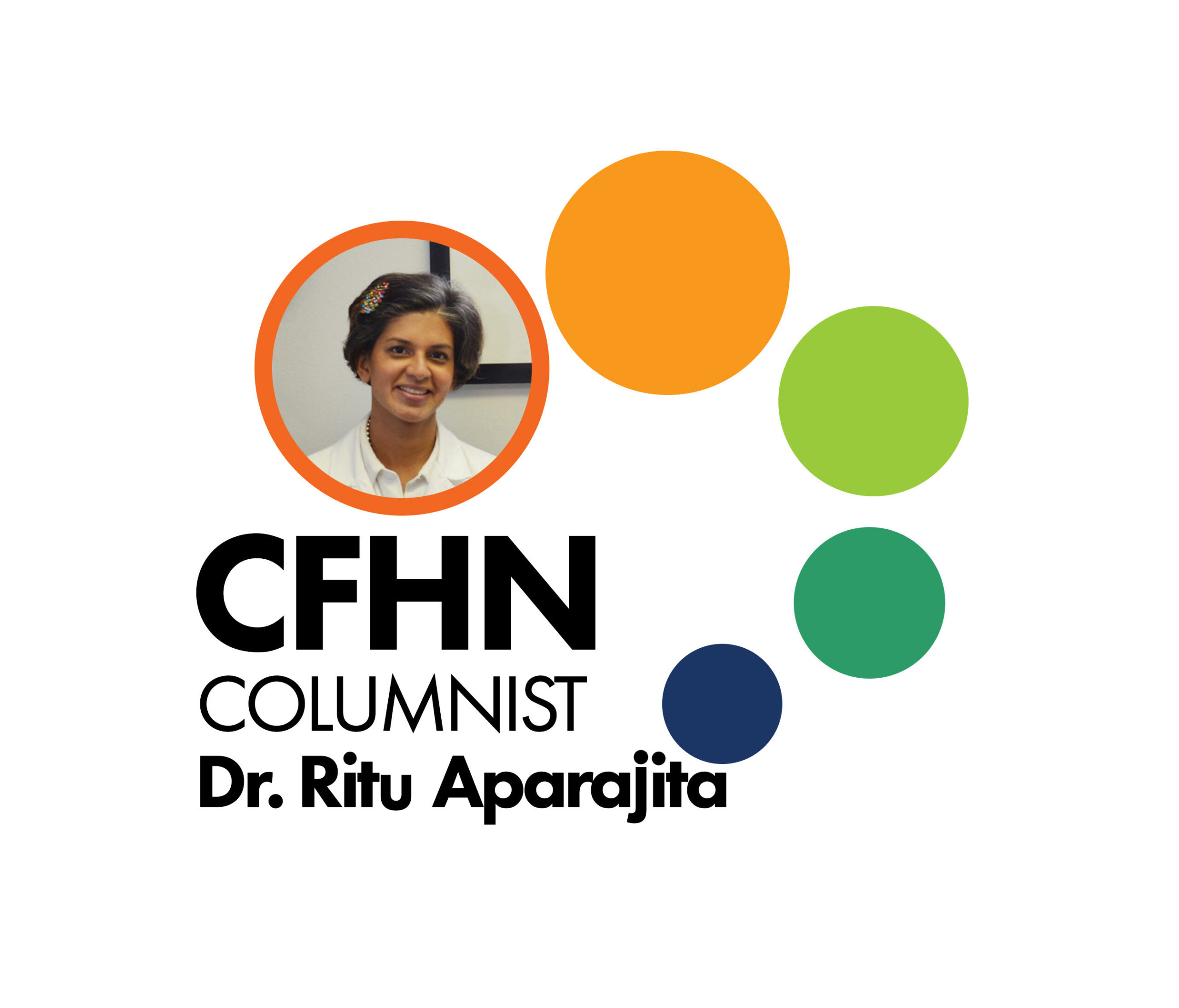I cannot really believe that the holidays are upon us already. This year has been like no other with its usual mix of pain and pleasure. I would like to take this opportunity to emphasize the role of lifestyle in the management of vascular disease that can lend a sense of control in its otherwise relentless, progressive course. The holidays are the best time to take a step back from our usual routine, examine our habits, and perhaps bring about a change for the better.
- Smoking
- Weight reduction
- Diabetes
- Hypertension
- Exercise
- Hyperlipidemia
Smoking
Smoking is a No. 1 preventable cause of death in the United States. Its effect on heart attacks, peripheral vascular disease, and strokes is due to the damage it causes to the arteries.
The two chemicals in cigarettes that cause the most damage are nicotine and carbon monoxide. Besides being addictive, nicotine is a stimulant and speeds up the heart about 20 beats per minute with every cigarette. It raises blood pressure and is a vasoconstrictor, which means it makes arteries all over the body become narrower. This makes it harder for the heart to pump blood throughout the narrowed arteries and it causes the body to release its stores of fat and cholesterol into the blood.
Smoking accelerates the hardening and narrowing process in your arteries; it starts earlier and blood clots are two to four times more likely because of the associated thickening of the blood. Smoking lowers your level of high density lipoprotein cholesterol — or “good” cholesterol — and raises your level of low-density lipoprotein cholesterol — or “bad” cholesterol. It slows down the movement of cholesterol throughout the body and contributes to its accumulation in your arteries. This puts you at a higher risk for heart attack, stroke, and limb loss.
Cigarette smoking increases risk of blood clots significantly. If the blood clots in an artery and blood can no longer get through, the tissue that is supposed to be supplied with blood has lost the source of its oxygen and nutrients and dies in minutes. This can result in heart attacks, strokes, and gangrene of the leg.
This column is sponsored by KSC Cardiology, and the opinions expressed herein may not reflect those of CFHN or its advertisers.
Bio: Dr. Aparajita is a fellowship-trained vascular and endovascular surgeon. She is the co-author of 20-plus journal articles and publications and was recently nominated for an Inspiration Award by the American Medical Association.
